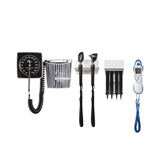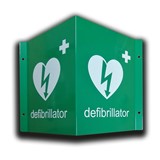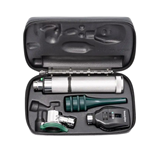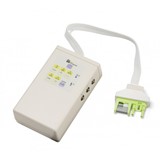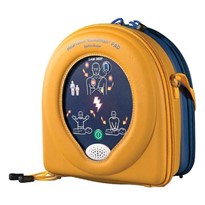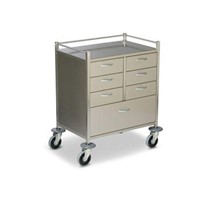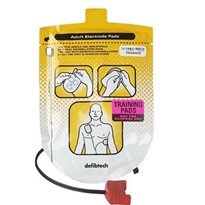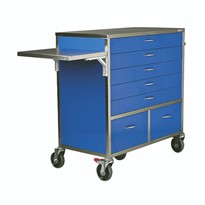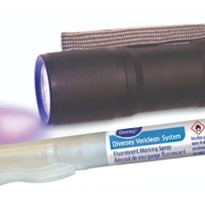Fitting out your office or place of work with a defibrillator is a great decision that means you’re already on your way to help saving a life. Having an AED on site means you are better prepared to assist someone suffering a cardiac arrest and are investing in the protection of those around you. The purchase of an AED will enhance the first aid capabilities and emergency responses of individuals and organisations of all types. The size and layout of your physical environment will determine the placement of these lifesaving devices, and how many you need to ensure your nearest defibrillator is no more than 90 seconds away.
A complete AED program includes a site assessment to determine the risk of SCA among workers, customers, and other visitors to your site; and to identify possible locations for AEDs. The most important consideration is the physical size of the work area, which determines the “drop-to-shock” timeframe to how long it takes to get an AED to the victim of SCA. The goal is to deliver defibrillation within three to five minutes of the onset of SCA.
Mapping out the facility
AEDs are typically located in lobbies, main hallways, large meeting rooms, and near restrooms. It’s best to avoid remote offices or crowded storage rooms. To assess your workplace and determine the best placement options, start from where you think you would place a device and map how far you can get in 90 seconds in all directions. This is the effective reach of your AED.
For small workplaces, one AED will be sufficient, while large, spread-out facilities could require several devices.
Injury potential
Once the various routes and distances within a building have been timed and marked on the floor plan, the next step in the risk assessment is identifying potential hazards. Understanding both the type and likelihood of possible injuries associated with different work areas within the building can help determine AED placement in the facility. Add these to your floor plan.
A completed AED site assessment provides much of the information you need for a comprehensive and customised AED program.
Putting it all together
Taking all the risk and distance factors into consideration, plan the number of AED devices needed and where they will be installed to reach an SCA sufferer within 3 minutes of collapse. If your site requires multiple AEDs, we recommended you start AED placement nearest to the highest risk areas then work outwards, always aiming for three minutes or less between AEDs. If the number of AED devices available for installation is limited but you want optimum coverage, we recommended that the AED is located not more than 90 seconds from the highest risk areas and especially those high-risk areas that are also high traffic. All AEDs should be strategically placed, highly visible, in common areas, and well signed.
Completing and returning our AED site assessment form provides us with crucial information. Our expert team use it to assess your organisation’s needs and provide you with the right advice on implementing an effective AED program.
Contact the team to get yours today.





